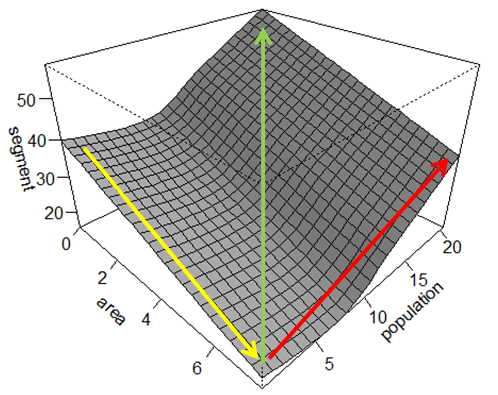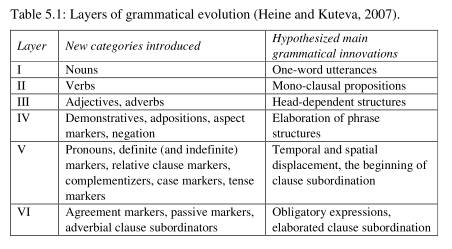I haven’t had chance to read this paper, but it throws up some interesting discussion points relating to this blog. In particular, it relates to a hypothesis I put forward last year on Domain-General Regions and Domain-Specific Networks. Here is the abstract:
The ability to learn language is a human trait. In adults and children, brain imaging studies have shown that auditory language activates a bilateral frontotemporal network with a left hemispheric dominance. It is an open question whether these activations represent the complete neural basis for language present at birth. Here we demonstrate that in 2-d-old infants, the language-related neural substrate is fully active in both hemispheres with a preponderance in the right auditory cortex. Functional and structural connectivities within this neural network, however, are immature, with strong connectivities only between the two hemispheres, contrasting with the adult pattern of prevalent intrahemispheric connectivities. Thus, although the brain responds to spoken language already at birth, thereby providing a strong biological basis to acquire language, progressive maturation of intrahemispheric functional connectivity is yet to be established with language exposure as the brain develops.
Paper Link: http://www.pnas.org/content/108/38/16056.short?rss=1


